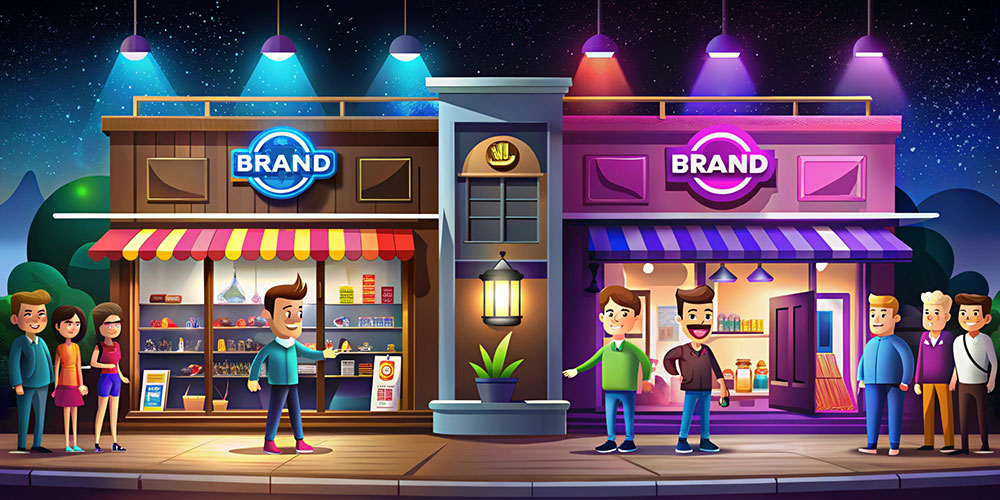Art and design are often mentioned in the same breath, but they serve different purposes and are driven by different motivations. While they share some similarities, they each have their own distinct roles. Let’s explore the differences between art and design and how they can sometimes overlap.
Art vs. Design: Key Differences
- Admiration vs. Function: Art is created to be admired. It’s about self-expression, beauty, and evoking emotions. Design, on the other hand, has a job to do. It’s created with a specific function or purpose in mind, whether that’s to sell a product, convey information, or solve a problem.
- Exploration vs. Structure: Art is often more explorative, pushing boundaries and challenging norms. It’s about the journey of creation and the message it conveys. Design tends to have more structure. It follows guidelines and frameworks to achieve a specific outcome or solution.
- Discussion vs. Rationale: Art sparks discussion. It’s meant to provoke thought, inspire conversation, and even challenge perceptions. Design, however, needs rationale. Every element of a design should have a reason behind it, contributing to the overall effectiveness of the piece.
- Stimulation vs. Motivation: Art stimulates the senses, emotions, and imagination. It’s about creating a visceral response in the viewer. Design motivates action. It’s about guiding the user towards a specific goal, whether that’s making a purchase, signing up for a service, or understanding information.
- Expression vs. Purpose: Art often starts as an expression of the artist’s thoughts, feelings, or ideas. Design starts with a purpose—it’s created to fulfill a need, solve a problem, or communicate a message.
- Subjective vs. Objective: Art is inherently more subjective. It’s open to interpretation, and its value often lies in the personal meaning it holds for the viewer. Design is more objective. It’s judged based on how well it meets its intended purpose and how effectively it communicates its message.
The Overlap: When Art Meets Design
Despite these differences, art and design can intersect. Art can be seen as design when it serves a functional purpose, like a mural that enhances a public space. Conversely, design can be seen as art when it’s crafted with an eye for beauty and emotional impact, like a beautifully designed poster or a piece of architecture.
Conclusion
In this video, we dive into the distinctions and overlaps between art and design, exploring how each serves its unique purpose. While art is admired and design is functional, both have the power to inspire, provoke, and motivate. But what do you think? Drop a comment below and share your thoughts!



